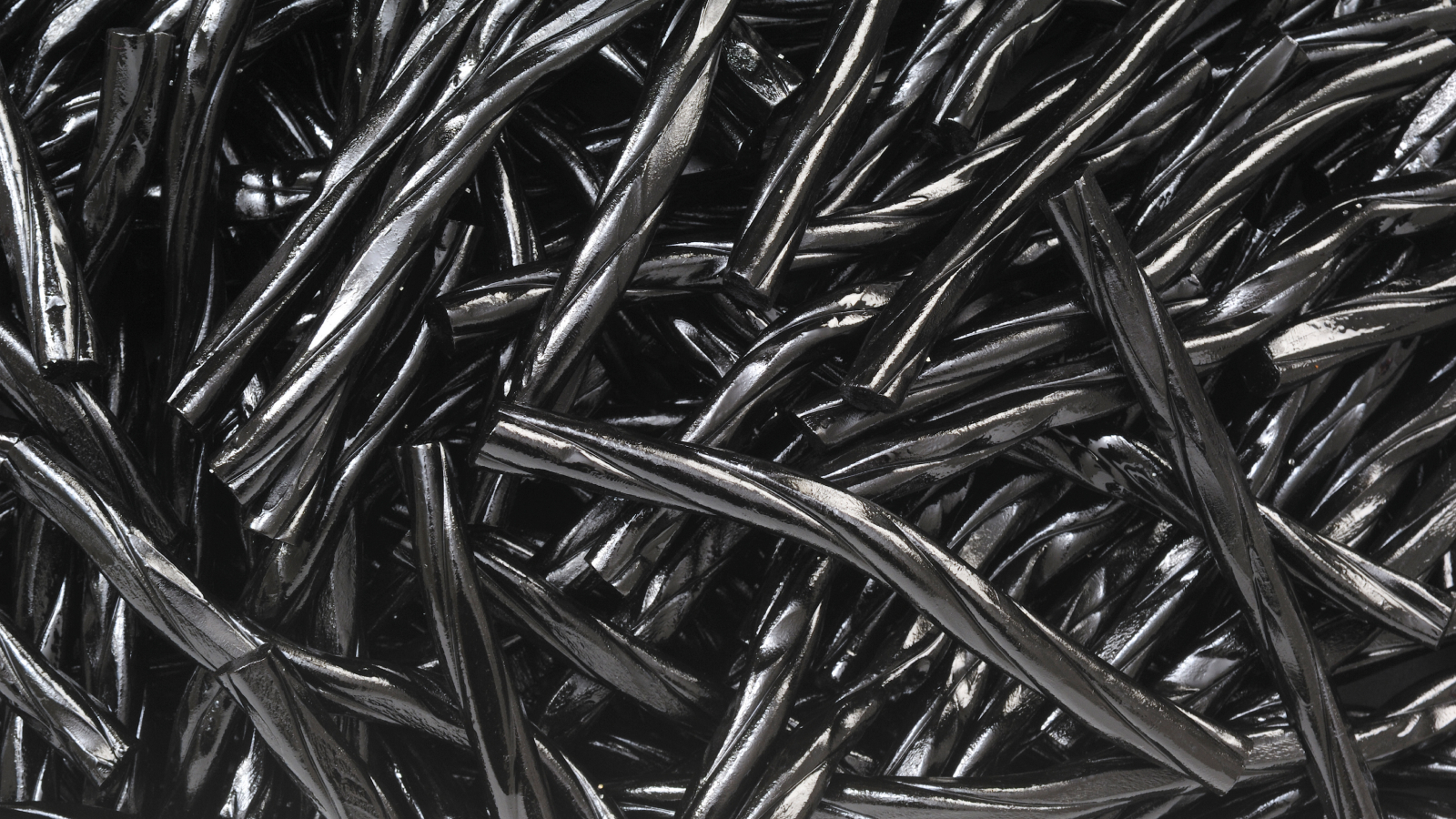Processes, Vol. 11, Pages 1656: Ultrafast Energy Transfer Dynamics in a Cyanobacterial Light-Harvesting Phycobilisome
Processes doi: 10.3390/pr11061656
Authors: Chao Xiao Na Guo Zidong Liang Zhencheng Huang Wenjun Li Mingyuan Xie Fuli Zhao
The phycobilisomes (PBSs) of cyanobacteria and red algae are their primary light-harvesting antennas, which play key role in light harvesting and energy transportation to the photosynthetic reaction center with extraordinarily high efficiency. The mechanism of energy transfer in PBS should be investigated with a tight combination between biological structural information and an ultrafast time-resolved dynamic analysis. We recently demonstrated the study of energy transfer in PBSs from a thermophilic cyanobacterium, Thermosynechococcus vulcanus NIES 2134 (T. 2134), with the cryo-EM model resolved at a near-atomic resolution. The time-resolved fluorescence spectroscopy of the PBS with a sub-picosecond resolution was discovered at 77 K. Deconvolution of the fluorescence decay curve was then used to reveal the energy transfer channels and the associated transfer rates. Except for the fluorescence lifetimes of terminal emitters, four time components, i.e., 9 ps, 13 ps, 23 ps, and 55 ps, were recognized in the energy transfer in the PBSs. The energy transfer dynamics in the PBSs were further analyzed by combining the cryo-EM structure and the spectral properties in detail. The findings from this study aid in our understanding of the energy transfer mechanisms in PBSs.

 1 year ago
28
1 year ago
28


